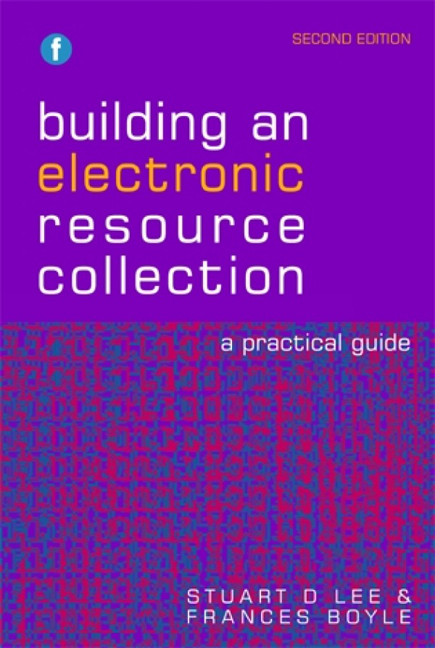3 - E-books and e-journals
Published online by Cambridge University Press: 08 June 2018
Summary
Introduction
In Chapter 2 we outlined some of the issues that surround electronic resources which differentiate them from print publications. Furthermore we presented a general map of the range of products one might encounter with a few examples where appropriate. Here we focus on two of these types of product, e-books and e-journals. There are obviously clear differences in the issues these present to the collection developer (notably ebooks, for example, which can be marketed to individuals and may require special devices to read them, as we shall see), but there are clearly some strong similarities. Points to note include:
1 E-journals and e-books are extremely topical at the moment
2 E-journals command particular attention as on average a collection developer in a standard academic library spends about 90% of the acquisition budget on serials
3 There are a range of suppliers (many of them small companies with uncertain futures), deals, licensing models, and so on, for both products
4 Collection developers are trying to build models to cope with both ejournals and e-books. It is clear that those modelled in the print world will not suffice
5 The number of individual titles that can be purchased is much larger than those in other areas (e.g. multimedia collections, statistical datasets, and so on), and therefore it is more common to see bulk deals (bundles or umbrella products)
6 Bulk deals are often the complete list of journals or books of a publisher or a series of publishers; this can cause notable problems (especially with books) where very few institutions would want to buy such a selection
7 The separation of data from access via a single supplier is extremely noticeable with these products – publishers of both journals and books are marketing their content through a variety of suppliers at the same time
8 Aggregators or intermediaries are very common in both markets, acting as middle points between the consumer and the publisher (as they traditionally have in the purchases of serials and monographs)
9 Most e-books and e-journals are delivered in a proprietary standard (i.e. the publisher's own method or, more commonly, Adobe's PDF)
10 Linkage services are common to both (see below)
11 This area continues to be a dynamic marketplace with an ongoing shift between all the stakeholders in the information chain.
- Type
- Chapter
- Information
- Building an Electronic Resource CollectionA practical guide, pp. 48 - 72Publisher: FacetPrint publication year: 2004

